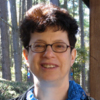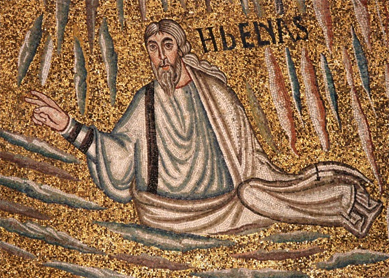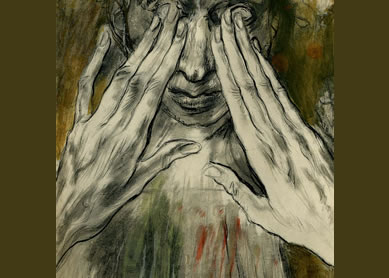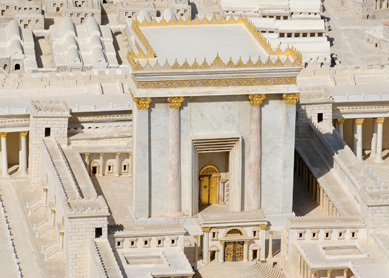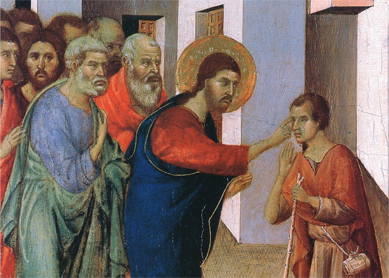In modern western society, we are used to a complex system of health care including doctors, clinics, hospitals, and insurance companies. But during the period when the Hebrew Bible was being written, no organized medical system existed in the lands of Israel and Judah. Most illnesses were probably treated at home, as illustrated in stories such as the prophet Elisha’s healing of a child (
Reading the Hebrew Bible, we see conceptions of health and illness that are quite different from modern scientific understandings. Biblical writers held archaic views of human physiology. For example, they knew nothing about germs and believed that people thought with the heart and felt emotions in the liver. Throughout the ancient Near East, people did not distinguish medicine from religion or what we might call magic. In Mesopotamia and Egypt, people went to exorcists and priests as well as to doctors for treatment, to placate or otherwise render harmless the god, demon, or sorcerer believed to be causing the ailment. Some treatments no doubt had a positive physical effect, but often a treatment’s main effectiveness would have resulted from the patient’s belief in its power. To a certain extent, the same is true today, as research into placebos indicates.
Once in a while, the Bible provides hints of what we would consider medical treatments—for example, bandaging injuries or applying ointment to wounds—but only in the context of divine-human relations. The prophet Isaiah treats King Hezekiah’s life-threatening illness by pressing figs on his sores (the story is told twice, in
Some biblical texts resembling medical diagnoses or treatments actually provide instructions for religious purification by priests. For instance, writers of parts of Leviticus and Numbers believed that certain conditions or behaviors, such as touching a dead person, giving birth, or developing a scaly rash (inaccurately translated as “leprosy”), caused impurity. The presence of impurity within the Israelite settlement was thought to provoke divine wrath, endangering the entire community. The book of Leviticus directs priests to prescribe sacrifices or ritual washing and have affected individuals live outside the settlement until the condition has changed. We do not know how closely these directions were followed, however.
Overall, the Hebrew Bible provides glimpses of a world in which ailments were often treated at home by family members, prophets, or healers, using a combination of prayer and other remedies. It is possible that certain remedies had genuine medicinal effects. In general, however, the Hebrew Bible presents the view that medical treatments were little more than a distraction and that the real healing power rested with God. With the influence of Greek philosophy and science, this view gradually changed, so that in the apocryphal book of Ben Sira (200-180 B.C.E.), physicians were portrayed as God’s creations whose skills should be valued. Nonetheless, the older view persisted into New Testament times, as shown by
Bibliography
- Sullivan, Lawrence E., and Susan Sered. “Healing and Medicine: An Overview.” Pages 3808–16 in vol. 6 of Encyclopedia of Religion. Edited by Lindsay Jones et al. 15 vols. 2nd ed. Detroit, Mich.: Macmillan Reference USA, 2005.
- Avalos, Hector. Illness and Health Care in the Ancient Near East: The Role of the Temple in Greece, Mesopotamia, and Israel. Harvard Semitic Monographs 54. Atlanta: Scholars Press, 1995.
- King, Philip J., and Lawrence Stager. Life in Biblical Israel. Library of Ancient Israel. Louisville, Ky.: Westminster John Knox, 2001.

